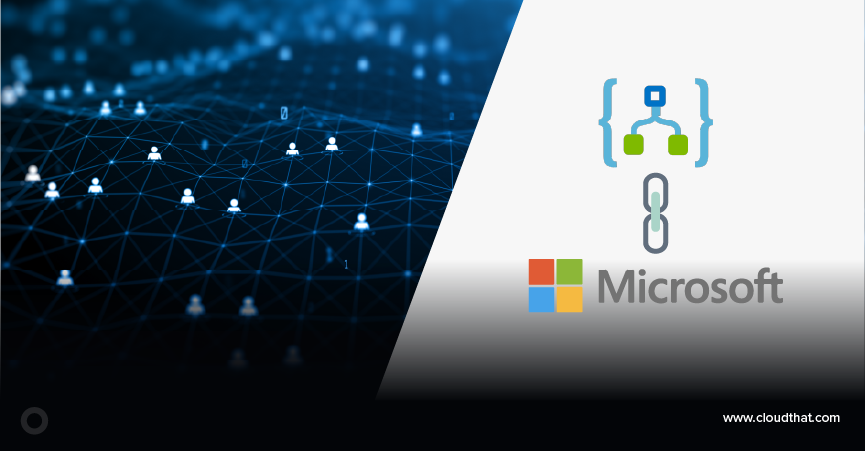|
Voiced by Amazon Polly |
Overview
In the rapidly evolving landscape of cloud computing, effective database management is integral to the success of modern applications. Google Cloud SQL is a comprehensive solution that provides a fully managed relational database service within the Google Cloud Platform (GCP). This guide navigates the fundamental steps for “Getting Started with Google Cloud SQL.” From project initiation to instance creation, access configuration, and secure connections, understanding these initial processes is key to unlocking the full potential of Google Cloud SQL. Join us as we embark on a journey to set up, connect, and optimize relational databases in the cloud with Google Cloud SQL.
Pioneers in Cloud Consulting & Migration Services
- Reduced infrastructural costs
- Accelerated application deployment
Introduction
Google Cloud SQL is a fully managed relational database service provided by Google Cloud Platform. It allows users to quickly set up, maintain, manage, and administer relational databases in the cloud. With Google Cloud SQL, users can access popular database engines like MySQL, PostgreSQL, and SQL Server, benefiting from features such as automated backups, high availability, scalability, and security. This service enables developers to focus more on building their applications. At the same time, Google handles infrastructure management, making it an efficient and reliable solution for storing and managing relational data in the cloud.
Step-by-Step Guide
- Create a Google Cloud Project:
Before diving into Google Cloud SQL, you need to have a Google Cloud project. If you don’t have one, create a new project using the Google Cloud Console. Navigate to the Google Cloud Console, click on the project drop-down menu, and select “New Project.” Follow the prompts to set up your project.
- Enable Billing:
Ensure that billing is enabled for your Google Cloud project. You can set up billing by navigating the Billing section in the Google Cloud Console and following the instructions to associate a billing account with your project.
- Enable the Cloud SQL API:
To use Google Cloud SQL, you need to enable the Cloud SQL API for your project. Go to the APIs & Services > Dashboard in the Cloud Console, click on “+ ENABLE APIS AND SERVICES,” and search for “Cloud SQL API.” Enable it for your project.
- Create a Google Cloud SQL Instance:
Now, it’s time to create a Cloud SQL instance. Follow these steps:
- Go to the Google Cloud SQL page in the Cloud Console.
- Click on “Create instance.”

- Choose the database engine you want to use (MySQL, PostgreSQL, or SQL Server).
- Configure instance details such as instance ID, password, and region.
- Set up the machine type and storage capacity.
- Configure additional options like backups, high availability, and maintenance preferences.
- Click “Create” to create your Cloud SQL instance.

- Configure Access Control:
- After creating the Cloud SQL instance, you need to configure access control:
- Navigate to the Google Cloud SQL page.
- Select your instance and go to the “Users” tab.
- Click “Add user account” to add users and assign appropriate roles and permissions.

Here, we provide access to user lanjewarvinay@gmail.com as a Google Cloud SQL instance user.
- Connect to Google Cloud SQL:
There are several ways to connect to your Google Cloud SQL instance:
Using Cloud Console:
- Go to the Google Cloud SQL page.
- Click on your instance.
- In the “Connect to this instance” section, click the “Connect using Cloud Console” button.
- Using Cloud SDK (Command Line):
- Install and set up the Google Cloud SDK.
- Run the following command in the terminal:
|
1 2 3 |
bash Copy code gcloud sql connect INSTANCE_ID --user=USER |
Using Database Clients:
You can use database clients like MySQL Workbench, pgAdmin, or SQL Server Management Studio to connect to your Cloud SQL instance. Provide the connection details, including the instance IP, username, and password.
- Secure Connections:
Ensure that your connections to Google Cloud SQL are secure:
SSL/TLS Encryption:
Enable SSL/TLS for secure connections. Google Cloud SQL provides certificates for this purpose.
IP Whitelisting:
Use the Cloud Console to add and manage IP addresses in the “Authorized networks” section.
- Database Operations:
Once connected, you can perform typical database operations:
Create Databases and Tables:
Use SQL commands or a database client to create databases and tables.
Import Data:
If migrating from an existing database, use the Cloud Console or command line tools to import data.
Run Queries:
Execute SQL queries to interact with your database.
Conclusion
In conclusion, initiating Google Cloud SQL signifies establishing a resilient, managed database environment. From project inception to instance creation, access control, and secure connections, these steps pave the way for optimized database operations.
Drop a query if you have any questions regarding Google Cloud SQL and we will get back to you quickly.
Making IT Networks Enterprise-ready – Cloud Management Services
- Accelerated cloud migration
- End-to-end view of the cloud environment
About CloudThat
CloudThat is an award-winning company and the first in India to offer cloud training and consulting services worldwide. As a Microsoft Solutions Partner, AWS Advanced Tier Training Partner, and Google Cloud Platform Partner, CloudThat has empowered over 850,000 professionals through 600+ cloud certifications winning global recognition for its training excellence including 20 MCT Trainers in Microsoft’s Global Top 100 and an impressive 12 awards in the last 8 years. CloudThat specializes in Cloud Migration, Data Platforms, DevOps, IoT, and cutting-edge technologies like Gen AI & AI/ML. It has delivered over 500 consulting projects for 250+ organizations in 30+ countries as it continues to empower professionals and enterprises to thrive in the digital-first world.
FAQs
1. How do I create a new Google Cloud project if I don't have one?
ANS: – To create a new Google Cloud project, go to the Google Cloud Console, click the project drop-down menu, and select “New Project.” Follow the prompts to set up your project.
2. What are the essential security measures for Google Cloud SQL connections?
ANS: – Secure your Google Cloud SQL connections by enabling SSL/TLS encryption and managing IP whitelisting in the “Authorized networks” section of the Cloud Console. This ensures a secure and controlled access environment.
3. How can I connect to my Google Cloud SQL instance using the Cloud SDK (Command Line)?
ANS: – Install and set up the Google Cloud SDK on your terminal. Then, use the command gcloud sql connect INSTANCE_ID –user=USER to connect to your Google Cloud SQL instance through the command line.

WRITTEN BY Vinay Lanjewar
Vinay specializes in designing and implementing scalable data pipelines and end-to-end data solutions on the AWS Cloud. Skilled in technologies such as Amazon EC2, S3, Athena, Glue, QuickSight, and Lambda, he also leverages Python and SQL scripting to build efficient ETL processes. Vinay has extensive experience in creating automated workflows using AWS services, transforming and organizing data, and developing insightful visualizations with Amazon QuickSight. His work ensures that data is collected efficiently, structured effectively, and made analytics-ready to drive informed decision-making.


 Login
Login


 March 15, 2024
March 15, 2024 PREV
PREV










Comments